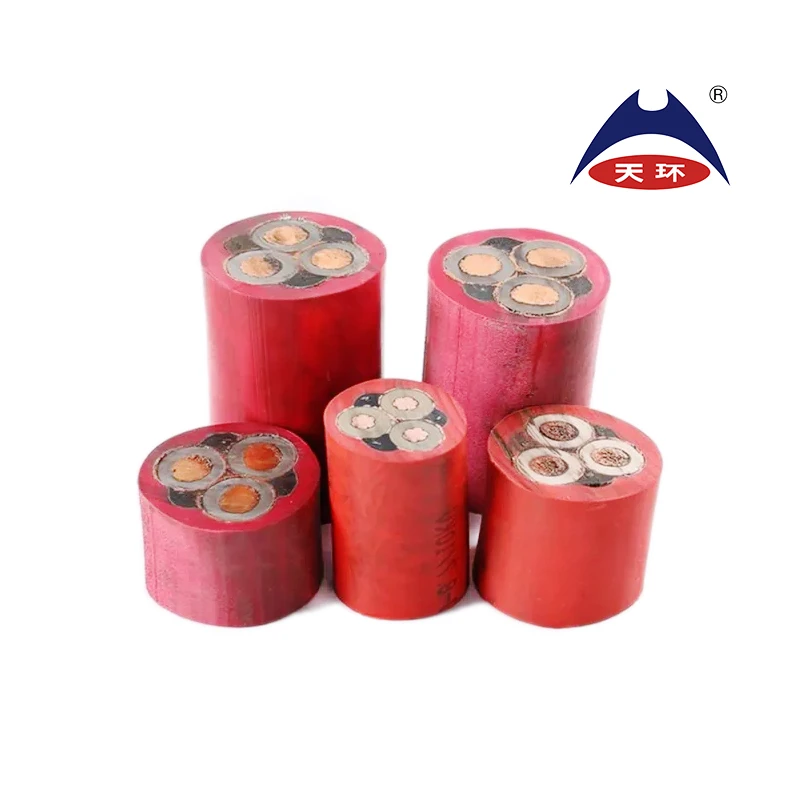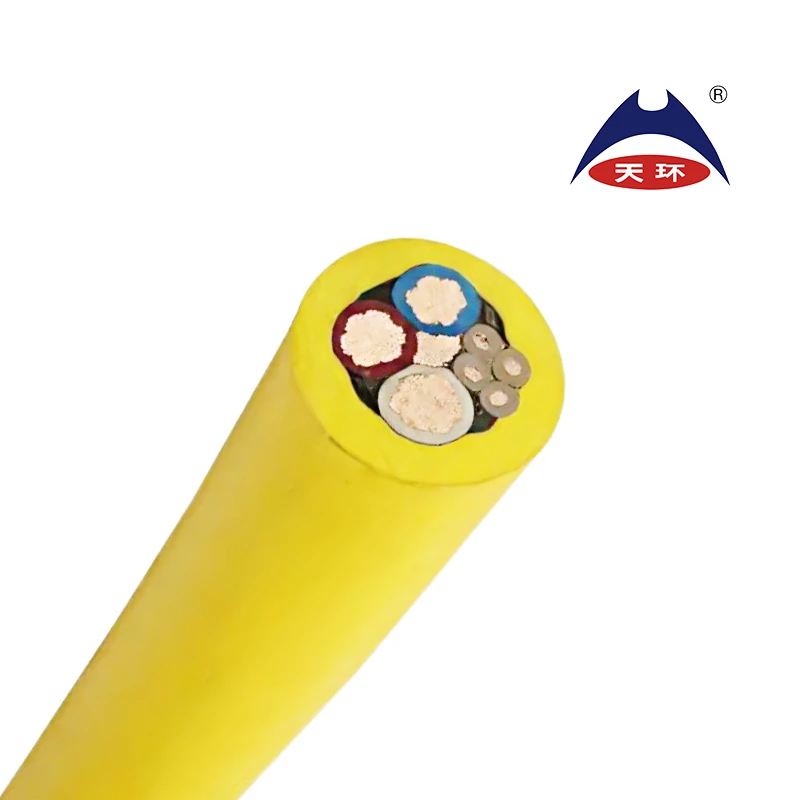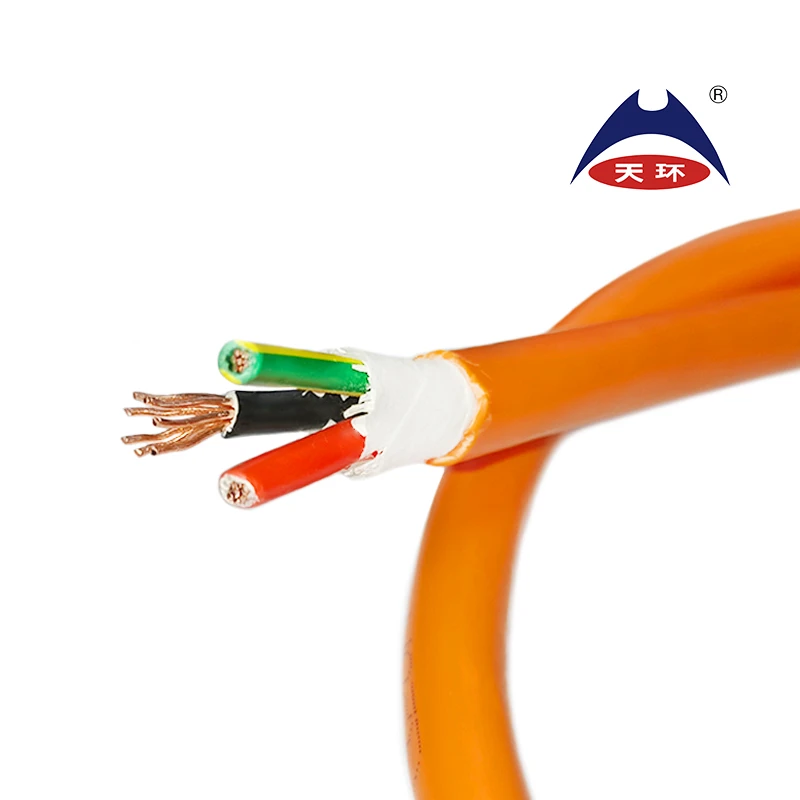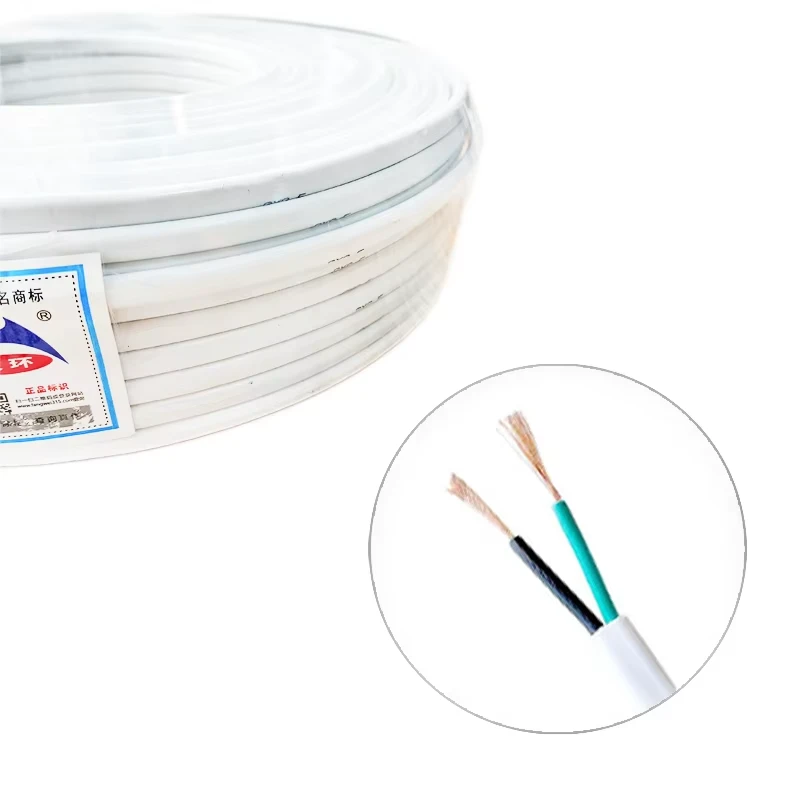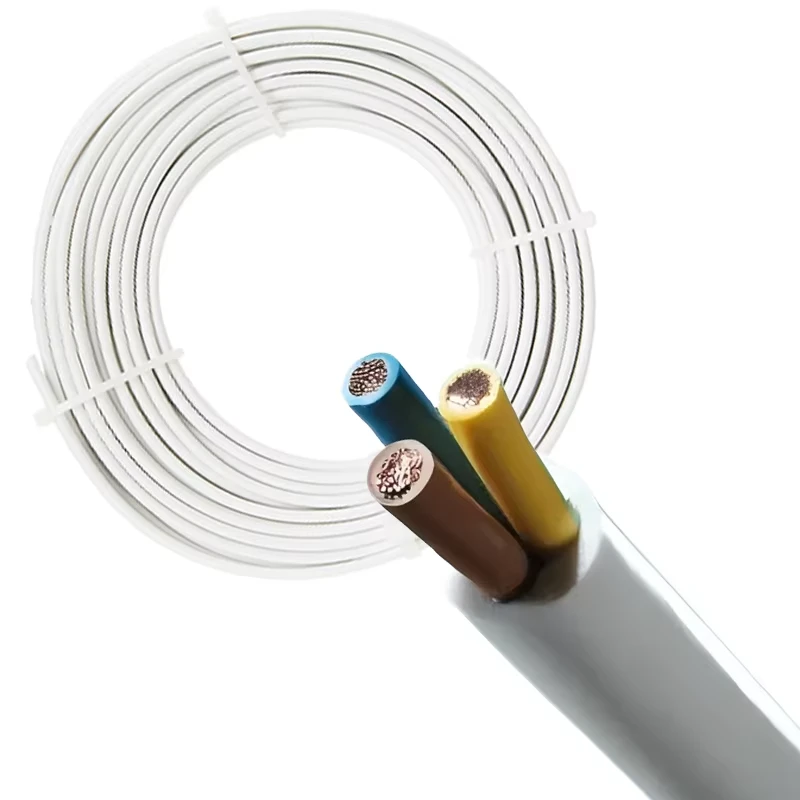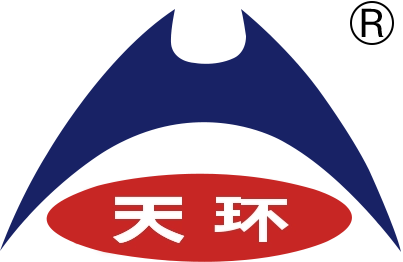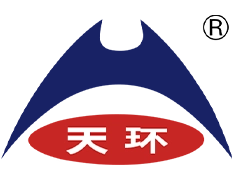
Control Cable: The 'Neural Network' of Industrial Automation
In industrial automation and control systems, Control Cable is like a precise "neural network", responsible for the key tasks of transmitting control signals and monitoring data. Whether it is an intelligent manufacturing workshop or a complex building automation system, Control Cable ensures efficient transmission of information between devices with stable and reliable performance, which is the fundamental guarantee for the operation of modern industrial and intelligent scenarios.
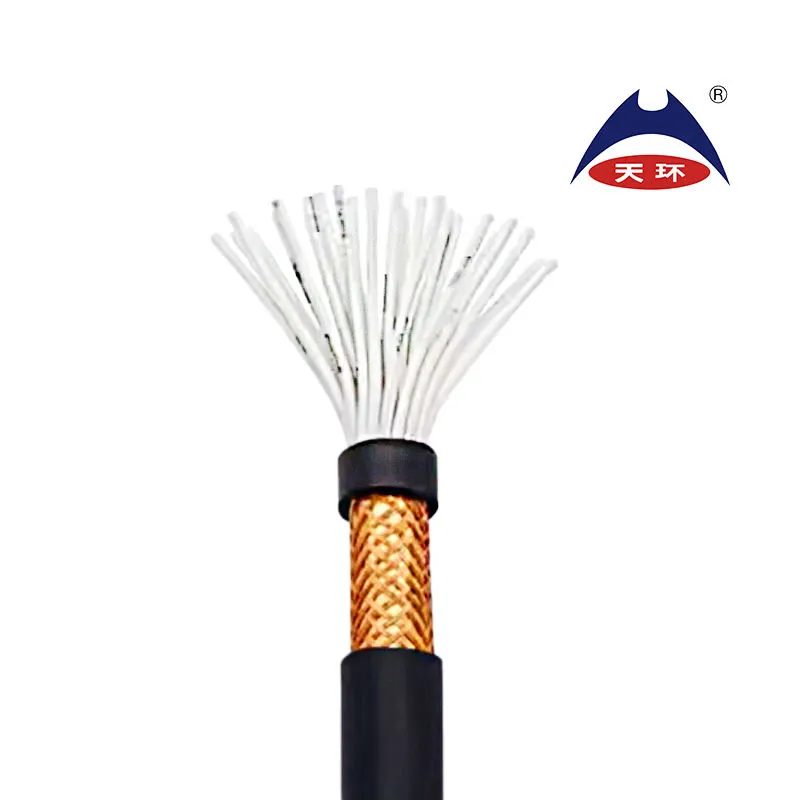
The unique structure of Control Cable is the core of its stable transmission signal
Cable control is usually composed of a conductor made of multiple strands of thin copper wire twisted together, multiple layers of insulation material, shielding layer, and special sheath. The conductor is made of high-purity oxygen free copper, which has excellent conductivity and flexibility, and can reduce signal transmission losses; The insulation layer is made of materials such as polyvinyl chloride and cross-linked polyethylene, which can effectively isolate conductors, prevent short circuits, and withstand certain temperatures to ensure stable signal transmission in complex environments. And its shielding layer is the key design, which can effectively resist external electromagnetic interference and avoid signal distortion through methods such as metal foil and copper wire weaving. The outermost sheath is customized according to the application scenario, using special materials such as cold resistance, heat resistance, flame retardancy, etc., to enhance the mechanical protection and environmental adaptability of the cable.
The performance advantages of Control Cable are particularly significant in practical applications
On the one hand, the access control cable has excellent signal transmission stability, which can accurately transmit weak control signals and monitoring data, ensuring that the equipment executes instructions accurately. On the other hand, cables have excellent flexibility and bending resistance, and can maintain structural integrity in scenarios such as frequently moving and bending robotic arms and automated production lines, reducing failures caused by mechanical stress. In addition, its weather resistance and anti-interference ability are strong, whether it is a chemical workshop with high temperature and humidity or a substation with strong electromagnetic interference, it can continue to work stably and reduce system maintenance costs.
Control Cable is widely used in various fields such as industry and civilian use
In the industrial field, banana cable access control is an indispensable component for equipment control in automobile manufacturing production lines, signal transmission in substations in power systems, and automation monitoring in petrochemicals; In the civilian field, the access control system, elevator control, security monitoring of smart buildings, and device linkage of smart homes all rely on Control Cables to achieve signal interaction. Different application scenarios also have different requirements for Control Cable. For example, the aerospace industry requires cables that are ultra lightweight, heat-resistant, and highly reliable, while mining operations impose strict standards on the flame retardancy and moisture resistance of cables.
With the development of Industry 4.0 and IoT technology, Control Cable is also constantly iterating and upgrading
The application of new materials makes cables lighter and more durable, such as using nanoscale insulation materials to improve electrical performance; The integration of intelligent technology enables cables to have self-monitoring functions, which can provide real-time feedback on temperature, insulation status, and other data to achieve fault warning; At the same time, in order to meet the demand for high-speed signal transmission, high-speed banana cable access control has emerged. Its optimized structure and shielding design can meet the transmission requirements of high-speed communication protocols such as industrial Ethernet and fieldbus.
In summary, Control Cable has become an important support for the development of modern industrial automation and intelligence due to its exquisite structure, excellent performance, and wide applicability. It not only ensures stable transmission of signals between devices, but also promotes various industries to move towards more efficient and intelligent directions. In the future, with continuous technological breakthroughs, Control Cable will inject new momentum into the intelligent upgrading of industrial and daily life fields with more advanced technology and powerful functions.
Control Cable FAQs
What is a Control Cable?
Control Cable is a type of cable used for transmitting control signals and electrical signals, typically used in automation equipment, instrumentation, electrical control systems, and other applications. Its main function is to connect the controller with the controlled device, ensuring accurate signal transmission.
What is the difference between Control Cable and Power Cable?
Control cables are mainly used to transmit control signals with low voltage and low current, while power cables are used to transmit electrical energy with high voltage and high current. Control cables usually have more cores (such as 4-core, 8-core, etc.), while power cables generally have fewer cores but larger cross-sectional areas.
What are the common materials for Control Cable?
The conductors of Control Cable are usually made of copper or aluminum, and the insulation and sheath materials are mostly polyvinyl chloride (PVC), cross-linked polyethylene (XLPE), or rubber. Different materials determine the temperature resistance, flexibility, and anti-interference ability of cables.
How to choose the appropriate Control Cable?
When choosing a Control Cable, it is necessary to consider the voltage level, number of cores, cross-sectional area, shielding requirements (such as whether an anti-interference shielding layer is required), usage environment (such as high temperature resistance, oil resistance, waterproofing, etc.), and relevant national standards (such as GB/T 9330).
What is the function of the shielding layer of the Control Cable?
Shielding layers (such as copper wire weaving or aluminum foil shielding) are mainly used to reduce electromagnetic interference (EMI) and radio frequency interference (RFI), ensure the stability of signal transmission, and are particularly suitable for complex electromagnetic environments such as industrial automation and frequency converter peripherals.
-
Twin Core Solar Cable: An Efficient Energy Transmission Link for Solar ApplicationsNuachtAug.28,2025
-
Photovoltaic Cable: The 'Energy Link' in Photovoltaic SystemsNuachtAug.28,2025
-
Building Wire: The Lifeline for Building Safe Electrical SystemsNuachtAug.28,2025
-
Building Cable: Building a Strong Defense Line for Power TransmissionNuachtAug.28,2025
-
Access Control Composite Cable: The 'Invisible Guardian' of Security ProtectionNuachtAug.28,2025
-
Control Cable that Reliable Signal Transmission for Industrial AutomationNuachtAug.23,2025
-
Innovations in Overhead Power Cables that Enhancing Grid Resilience with Advanced Aerial ConstructionNuachtAug.23,2025





